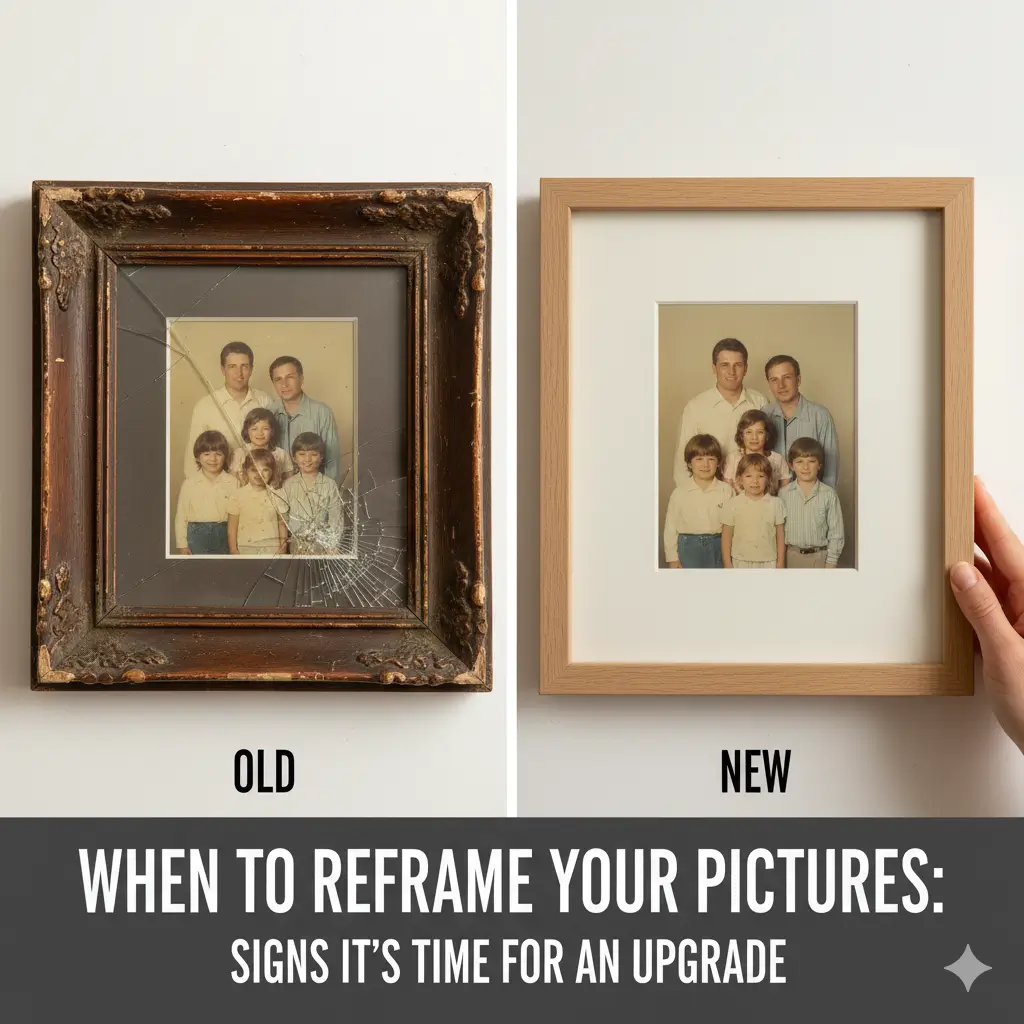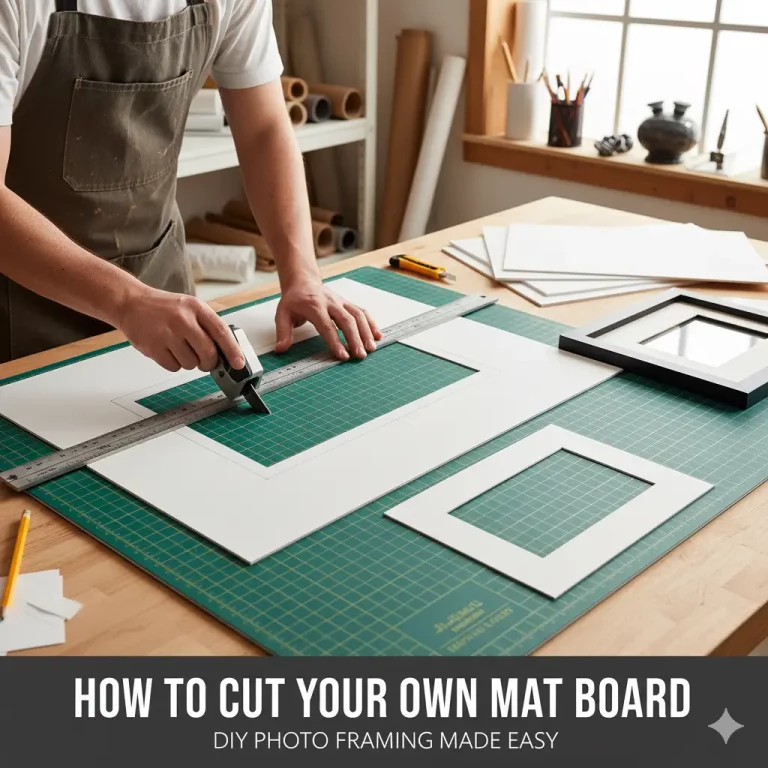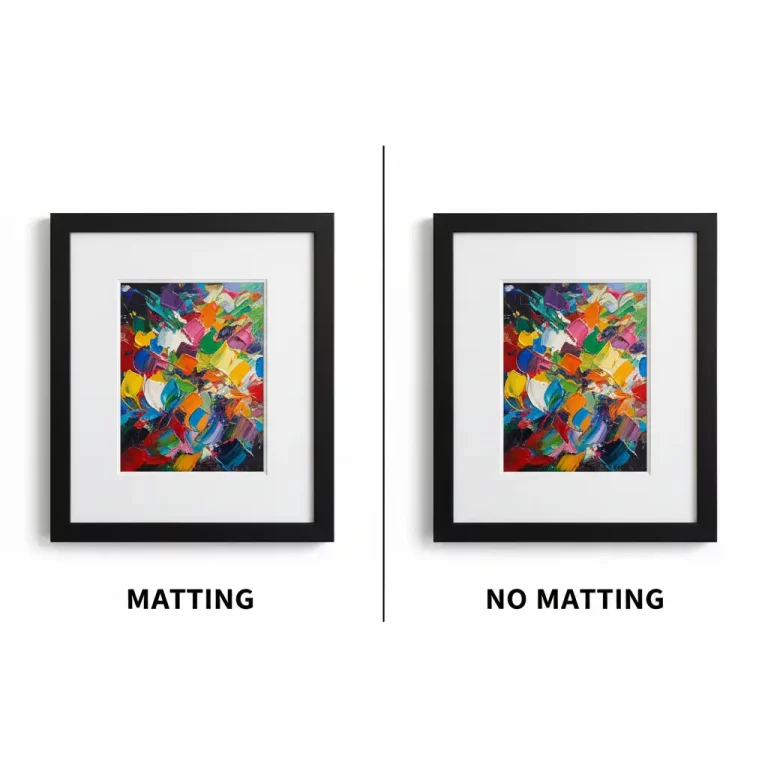The frames on our walls do more than just hold pictures; they are part of our home’s story, reflecting our style and preserving our most precious memories. But over time, both our style and the frames themselves can age. That beautiful gold-leaf frame that was perfect in your first apartment might look out of place with your current minimalist decor. An old or poorly made frame might not be protecting your art from irreversible damage.
Periodically taking a critical look at your framed pieces is essential. This process isn’t just about aesthetics; it’s about ensuring your cherished photographs and art are properly preserved for the future. Many of us hesitate to reframe photos, thinking it’s a complicated or expensive process. However, knowing the signs that indicate an upgrade is needed can help you protect your investments and keep your home looking fresh and personal. This guide will highlight the key indicators that it’s time for a frame makeover.
Sign 1: Your Style Has Evolved, but Your Frames Haven’t
Home decor trends change, and so do our personal tastes. A frame is a key decorative element, and if it no longer matches your current aesthetic, it can make an entire wall feel dated.
Outdated Frame Styles
Do your walls still feature chunky, dark wood frames from the early 2000s or the lacquered pastels of a bygone decade? What was once stylish can eventually detract from your home’s modern look. If your frames feel like a throwback rather than a timeless choice, it’s a clear sign you need to reframe photos to align with your current style. Upgrading to a frame that reflects contemporary trends—like the thin metal frames or natural wood looks seen in the latest picture frame trends for 2025—can have a massive impact.
Mismatched Decor
Sometimes a frame is perfectly fine on its own, but simply doesn’t work in a new space. A rustic barnwood frame might have been perfect in a country-style living room, but it looks jarring against the sleek, industrial feel of your new loft. Re-evaluating your frames after a move or a room makeover is a great opportunity to ensure your art complements its new surroundings.
Sign 2: The Frame Shows Visible Damage or Wear
A frame’s primary job is to be a sturdy, protective enclosure. When it starts to show signs of physical deterioration, it’s failing at its most basic function and needs to be replaced.
Common Signs of Damage
- Chipped or Scratched Moulding: Dents, chips, and deep scratches are not just cosmetic flaws; they can compromise the frame’s structural integrity.
- Loose Corners: If you can see gaps at the mitered corners or if the frame feels wobbly when you handle it, it’s no longer securely holding your artwork. This instability puts your art at risk of falling, and the glazing at risk of cracking.
- Water Damage or Warping: Frames made from MDF or lower-quality wood can swell or warp when exposed to humidity. This not only looks bad but can also put pressure on the glass and the artwork inside.
- Broken Hardware: Faulty hanging wires or broken backing tabs make a frame unsafe to display. Instead of attempting a risky repair, it’s often safer to reframe photos entirely.
Sign 3: The Interior Materials Are Damaging Your Artwork
This is the most critical and often overlooked reason to reframe. The materials inside a cheap or old frame can actively destroy your art over time. If you have valuable or sentimental pieces, this is a non-negotiable reason for an upgrade.
The Dangers of Acidic Materials
Many off-the-shelf frames, especially older ones, use acidic materials for the mat board and backing paper. Over time, this acid leaches into your photograph or artwork, causing a yellow or brown discoloration known as “acid burn.” You might see a brownish bevel on the mat board or staining on the art itself. Once this damage occurs, it is permanent.
Signs You Need an Archival Upgrade
- Yellowing Mat Board: If the mat board’s white bevel has turned yellow or brown, it is acidic and is damaging your art.
- Faded Photos: Is the photo noticeably faded compared to how you remember it? This is a telltale sign that the glazing offers no UV protection.
- Discoloration on the Artwork: If you see any staining or “browning” on the photo, you need to reframe the photo with archival materials immediately to prevent further damage.
- Artwork Sticking to the Glass: This happens when there is no mat or spacer to create a gap between the art and the glazing. Humidity can cause the photo’s emulsion to fuse to the glass, causing irreversible damage upon separation.
Sign 4: You Want Better Presentation and Protection
Sometimes, the original framing job just wasn’t right for the piece. You chose a budget option initially, or your needs have changed. Upgrading your frame is a chance to give your art the presentation it deserves.
Upgrading to UV-Protective Glazing
One of the best investments you can make is upgrading to glazing with UV protection. Standard glass blocks less than half of the harmful UV rays. Over time, exposure to light—even indoor light—will cause your photos to fade. By choosing to reframe photos with UV-protective glass or acrylic, you can block up to 99% of damaging rays, preserving the vibrant colors for decades. This is essential for any piece displayed in a brightly lit room.
Improving the Aesthetics
Re-framing offers a chance to make better design choices.
- Adding a Mat: If your photo is currently pressed against the glass, adding a mat can dramatically improve its appearance. A mat creates visual breathing room, drawing the eye inward and giving the piece a more professional, finished look.
- Choosing a Better Frame Style: The original frame may be too thick, too thin, or the wrong color. A professional at a custom framing service can help you select a frame that truly enhances the artwork.
How to Approach Reframing Your Pictures
Convinced it’s time for an upgrade? Here’s a simple action plan.
- Assess Your Collection: Take a walk through your home and evaluate each framed piece. Make a list of which ones need reframing and why.
- Decide DIY vs. Professional: For a simple swap into a new, standard-sized frame with a pre-cut mat, a DIY approach can work. For valuable art, custom sizes, or if you need archival materials, it’s best to consult a professional. Knowing how to choose a quality photo frame shop is key.
- Prioritize Your Pieces: You don’t have to reframe photos all at once. Start with the most valuable or visibly damaged pieces first.
- Choose Quality Materials: When you reframe, invest in 100% acid-free matting and backing, along with UV-protective glazing. While a premium photo frame may cost more initially, it’s a small price to pay to protect something irreplaceable.
Your memories are worth protecting, and your home deserves to look its best. By recognizing the signs that it’s time to reframe, you can give your cherished photos a new lease on life, ensuring they remain a beautiful and well-preserved part of your story for years to come.





